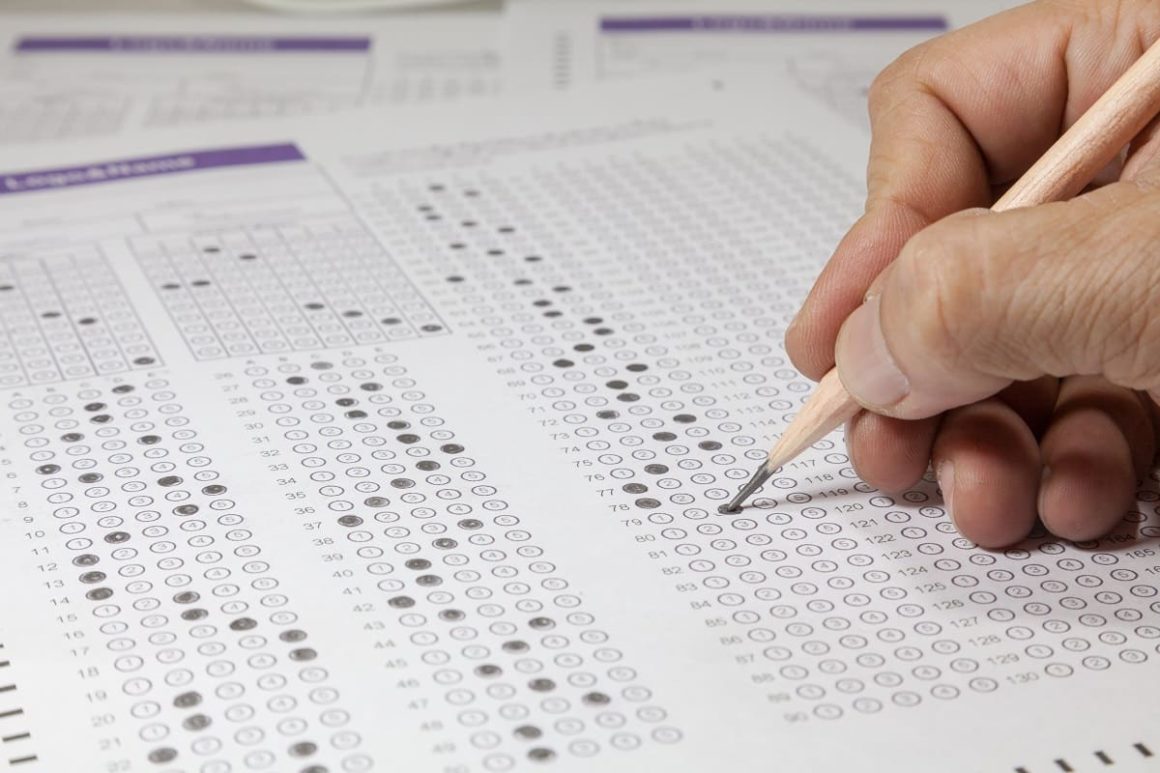
A professional truck driver has the opportunity to explore the cities and countryside of the United States –while keeping the American economy bustling strong. Truckers tend to appreciate the independence a professional driving career brings because typical trucking routes often take days or weeks to complete.
Are you ready for a successful career as a professional truck driver and ready to join the 3.5+ million professional truckers transporting goods locally, or from coast to coast?
If so, the first step is to understand CDL Permit requirements.
Obtaining a CDL in Washington
In order for you to obtain a CDL license, you must determine which type of Commercial Motor Vehicle (CMV) you will be driving. The U.S. Department of Transportation has categorized vehicles into three classes or license groups.
Commercial driver’s licenses (CDLs) fall into three general classes. Each CDL class is mainly differentiated based on the Gross Vehicle Weight Rating (GVWR) being driven, however, there are other factors. Additionally, each class of license may determine whether a truck driver is required to obtain an additional endorsement to drive legally.
- The Class A License
The Class A License is required for truck drivers operating a vehicle with a GVWR in excess of 26,000 lbs. – with a vehicle in tow weighing more than 10,000 lbs. A Class A CDL is generally required for long-distance tractor-trailer drivers. Class A CDL drivers generally obtain the endorsements required to carry specific payloads. Examples include:
- Double or Triple Tractor-Trailer Drivers.
- Flatbeds.
- Tankers Trailers.
- Livestock Carrier Vehicles, among other.
A Class A CDL License requires a driver-applicant to obtain at least 160 hours of classroom hours, combined with wheel training hours. Additionally, with proper endorsements, a Class A license holder may be permitted to drive Class B & C vehicles.
- The Class B License
The Class B License is required for operating a motor vehicle that has a GVWR that exceeds 26,000 pounds – with a vehicle in tow weighing less than 10,000 lbs. Examples include:
- A Garbage Truck.
- A Tow-truck.
- A Bus, or a Segmented Bus.
- A Delivery Truck.
- The Class C License
The Class C License is required for drivers who operate a passenger vehicle with 15 or more passengers, plus the driver, or for the transport of HAZMAT materials as defined by the Federal Government.
- Preparing For The Commercial Driver’s License Permit Test
A smart way to put forth your best effort when taking the Commercial Driver’s License Permit test is to allocate enough preparation time before sitting for the exam. Check out the many CDL practice tests, study guides and flashcards available to prepare for the CDL written test regarding:
- General Knowledge.
- Doubles & Triples.
- Air Brakes.
- Hazardous Materials.
- Combination Vehicles.
- Tanker.
- Passenger Transport.
- School Bus.
Testing for your Washington State CDL:
- CDL Knowledge test – The general knowledge test for classes A, B, and C consists of 50 questions to test the applicant’s knowledge of Washington and Federal driving regulations, of which the applicant must answer 40 correctly to receive a passing score. Additional questions are added for each endorsement. Knowledge test scores are valid for 180 days from the date passed, and another 180 days, if you renew your CLP within 30 days of your original CLP expiring.
- CDL Road Skills Test – After successful completion of the knowledge test, the applicant can then take the road test which consists of three parts: a Pre-Trip Inspection, Basic Vehicle Control, and Road Test. The Pre-Trip inspection includes a full walk-around of the vehicle and it requires the driver to point out vehicle components and explain what is being checked and why to the examiner. The Basic Vehicle Control test includes straight line backing, offset right or left backing and alley dock backing. The road test is conducted on streets and requires the driver to demonstrate his/her skills in normal traffic situations.